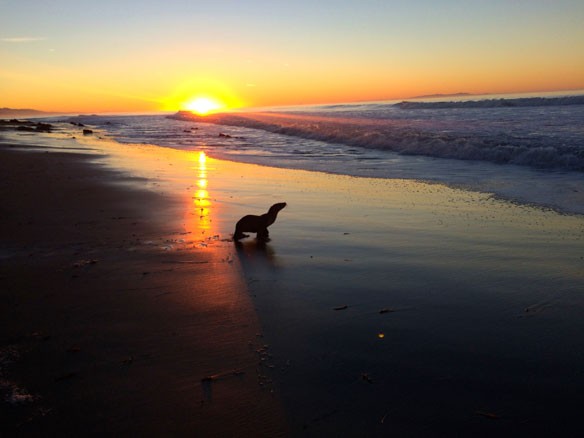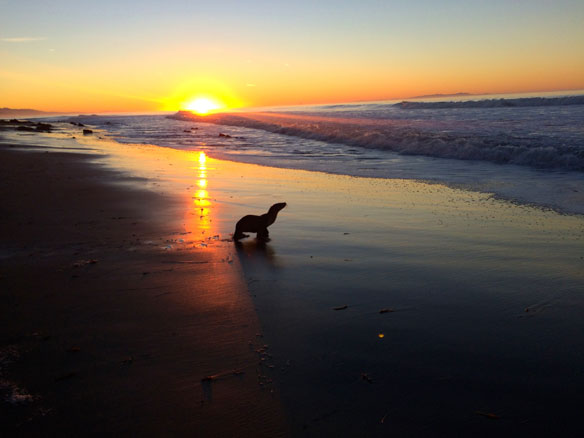
Photograph: © SAF — Coastal Care
Excerpts;
In spring 2015, the West Coast of North America experienced one of the most toxic algal blooms on record.
The bloom consisted of diatoms in the genus Pseudo-nitzschia, but researchers couldn’t tell why these algae had become so toxic. A new article shows that, at least in Monterey Bay, this bloom became particularly toxic because of an unusually low ratio of silicate to nitrate in the waters of the bay.
Some species of Pseudo-nitzschia diatoms produce a potent neurotoxin called domoic acid, which can cause seizures and death in mammals…
Read Full Article, Science Daily (06-05-2017)
Warmer Oceans Increase Likelihood Of Toxic Shellfish, Study Finds; Huffington Green (04-11-2017)
According to a study published in the Proceedings of the National Academy of Sciences, domoic acid may become more prevalent as oceans warm, threatening birds and humans alike…
Warmer West Coast ocean conditions linked to increased risk of toxic shellfish; NOAA (01-09-2017)
Hazardous levels of domoic acid, a natural toxin that accumulates in shellfish, have been linked to warmer ocean conditions in waters off Oregon and Washington for the first time by a NOAA-supported research team, led by Oregon State University scientists…
Spread of algal toxin through marine food web broke records in 2015; Science Daily (01-10-2016)
Sea Lions Exposed To Toxic Algae At Risk Of Brain Damage and Memory Loss; Nature World News (12-15-2015)
A toxin in algae may be erasing the memory of sea lions, which wash ashore by the hundreds each year off the coast of California, disoriented and suffering seizures, scientists said…









